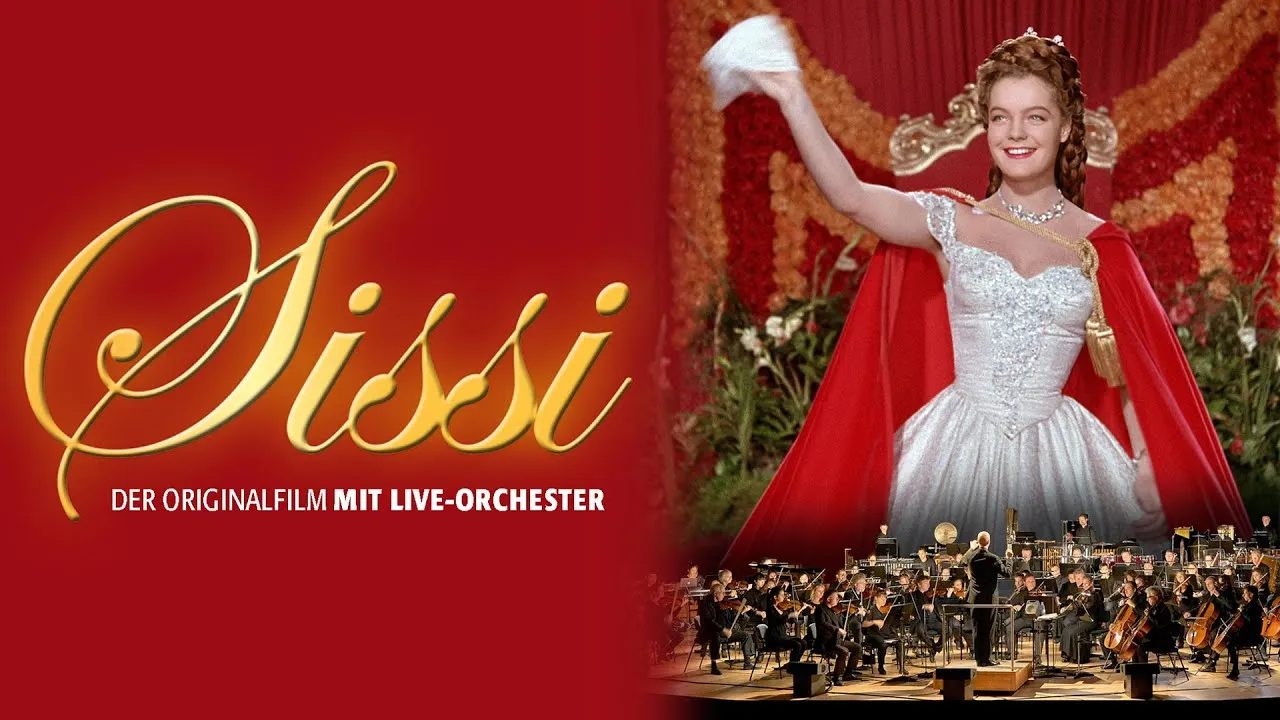𝐖𝐚𝐭𝐜𝐡 𝐭𝐡𝐞 𝐟𝐮𝐥𝐥 𝐦𝐨𝐯𝐢𝐞 𝐡𝐞𝐫𝐞 👇:
Sissi (1955) is a classic Austrian-German historical drama film that tells the story of the young Empress Elisabeth of Austria, better known as Sissi. The film, directed by Ernst Marischka, was the first installment of a trilogy that would go on to become iconic in European cinema. The movie stars Romy Schneider in the title role, and her portrayal of the spirited, free-spirited princess is one of the key reasons the film remains beloved to this day. The story is set in the mid-19th century and follows the early life of Elisabeth, from her carefree youth in Bavaria to her marriage to Emperor Franz Joseph I of Austria.
The film begins with Elisabeth’s meeting with Franz Joseph, the young Emperor of Austria, and their whirlwind romance. Despite initial resistance from her mother, Duchess Ludovika, and her complicated relationship with the royal court, Sissi's charm and vitality win over the emperor and his family. The film portrays Elisabeth as an unconventional princess—rebellious and independent in contrast to the formal, reserved world of European royalty. Her love story with Franz Joseph is portrayed as a fairy tale romance, full of passion and idealism, though it also hints at the challenges and sacrifices of royal life.


In addition to its romantic narrative, Sissi is also a film about personal growth and the transformation of Elisabeth from a young woman to a queen. As Sissi navigates her new life at court, she faces challenges in dealing with the rigid traditions of the Austrian royal family and the expectations of being empress. Her struggles to balance her own desires with her duties as empress highlight the difficulties faced by women in powerful positions during this era. The film contrasts her free-spirited nature with the more traditional, duty-bound role she must assume, creating an interesting tension throughout the plot.


Visually, Sissi is a feast for the eyes, with sumptuous costumes and grand sets that capture the opulence of the Habsburg Empire. The production values are high, and the film showcases stunning scenes of Austrian palaces and landscapes, which further immerse viewers in the world of 19th-century European royalty. The historical accuracy of the film is often debated, but its beautiful cinematography and attention to detail in the depiction of the court make it a visually captivating experience.


The film’s success, both critically and commercially, led to two sequels, Sissi – The Young Empress (1956) and Sissi – Fateful Years of an Empress (1957), which continued to follow Elisabeth's journey. Romy Schneider’s portrayal of Sissi became so iconic that she would forever be associated with the character, and the film remains a cornerstone of German and Austrian cinema. Sissi (1955) is not only a romantic historical drama but also a reflection on the complexities of love, duty, and the challenges of living up to the expectations of royalty.




